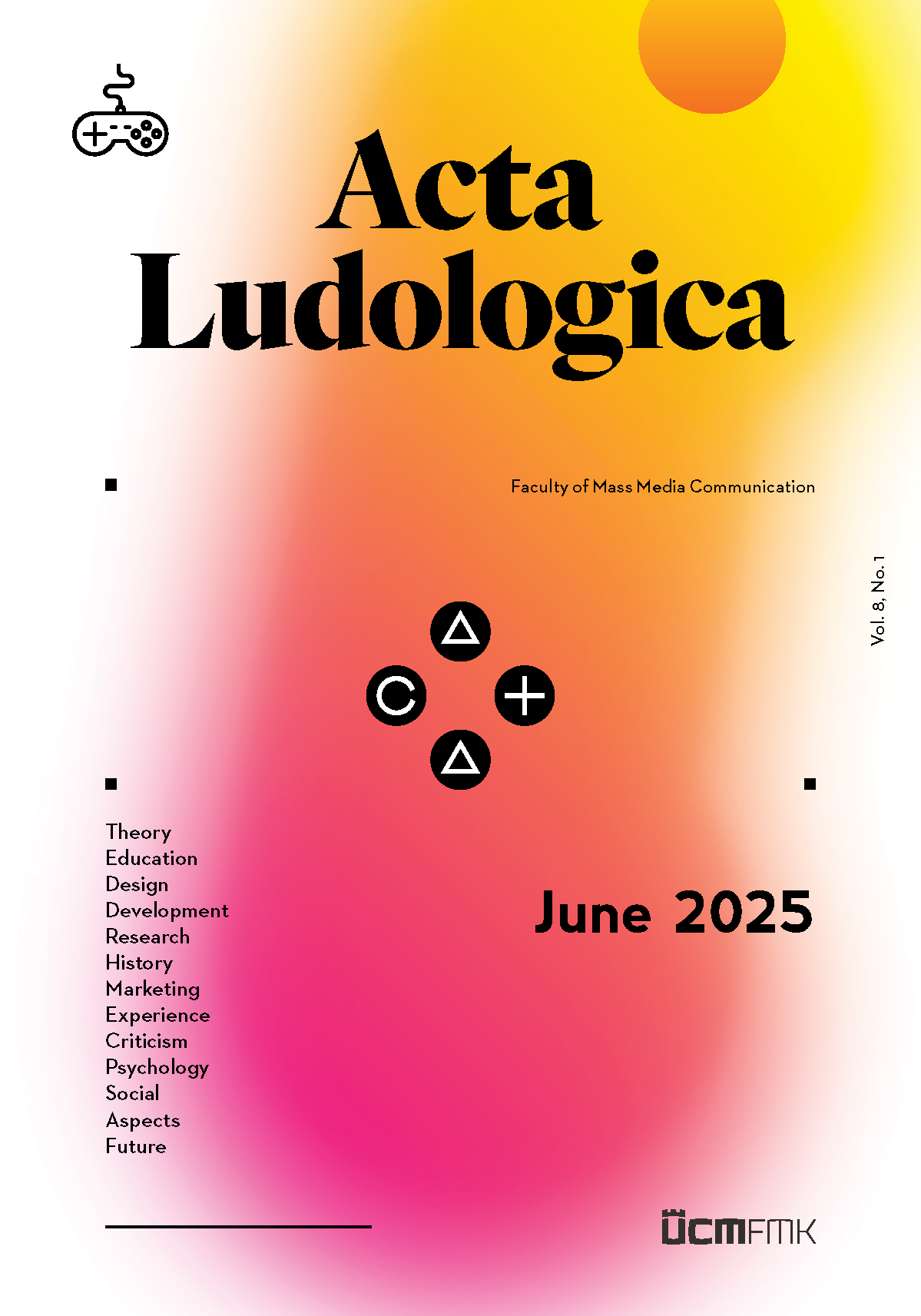Kristína Pupáková
ABSTRACT:
This study investigates the evolution of game box art graphic design in the Czech context between 1989 and 2010. It examines how visual communication mediated by box art transformed in response to technological, market, and cultural influences. Game box art is defined as a multimodal medium with protective, aesthetic, communicative, and marketing functions, pivotal in shaping player expectations and decision-making. The research charts a historical progression, identifying three main stages: an amateur period (1989-1995) characterized by variability and often handmade designs; commercial standardization (1996-2000) featuring more sophisticated illustrations and emerging marketing strategies; and a period of professionalization and visual sophistication (2001-2010) reflecting international standards and advanced digital techniques. This study situates these Czech developments within global trends and the transformative shift towards digital distribution, particularly after 2010, aiming to delineate the chronological adaptation of visual approaches.
KEY WORDS:
Czech gaming industry, digital distribution, digital games, game box art, game marketing, graphic design, history, paratexts, visual communication, visual semiotics.
DOI:
10.34135/actaludologica.2025-8-1.118-136
View full article

